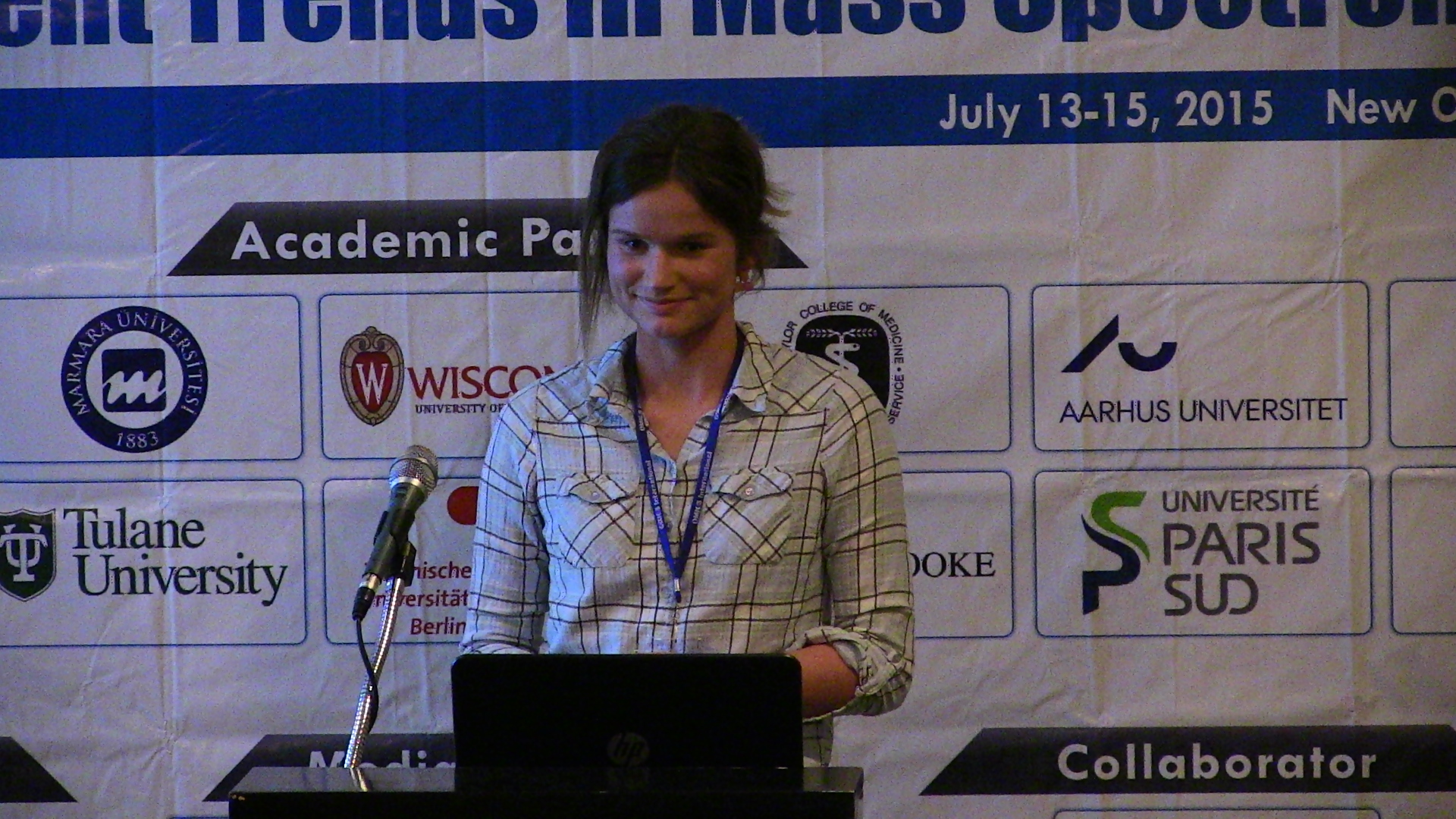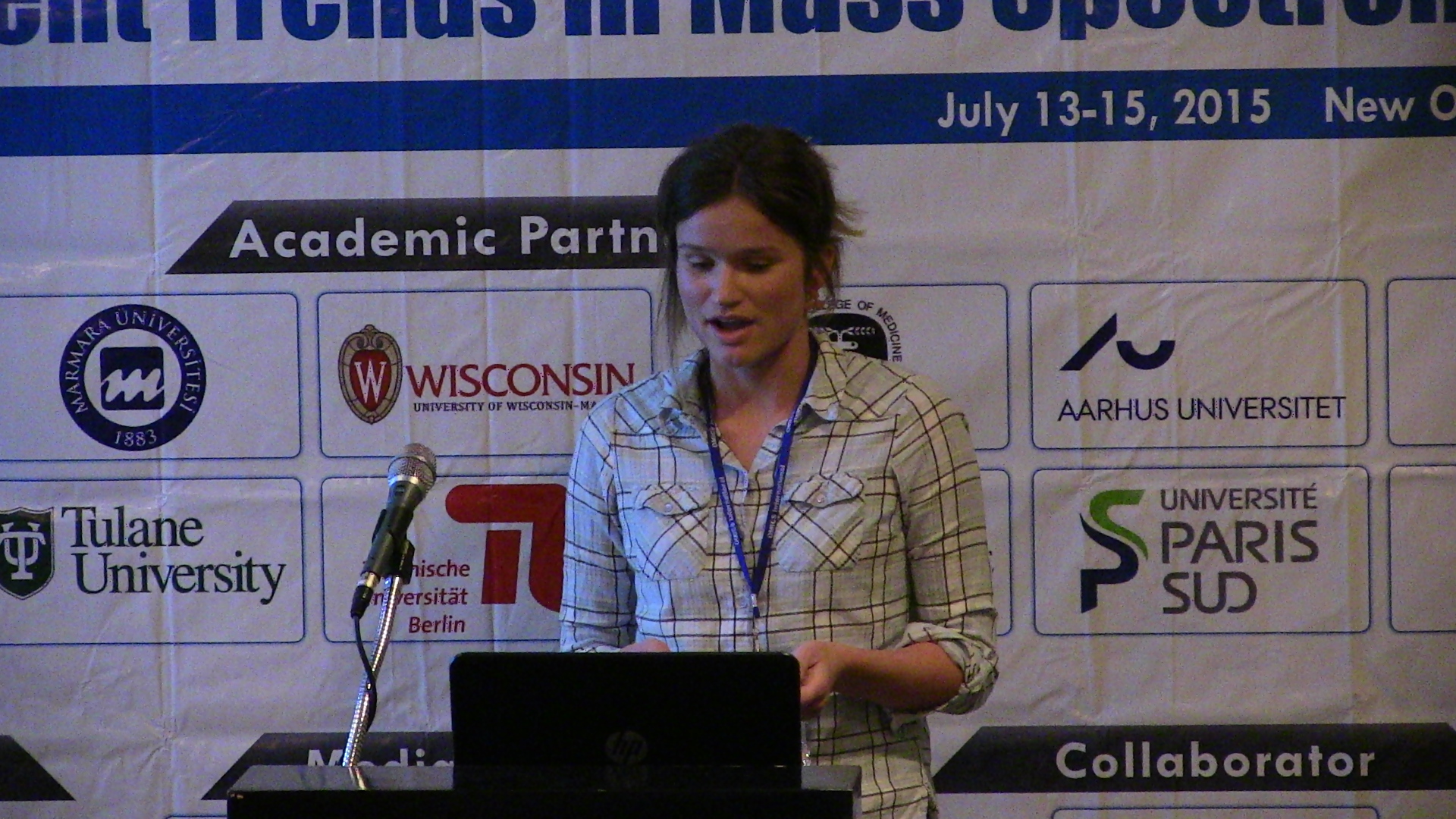
Isabelle Silvis
Institute of Food Safety, The Netherlands
Title: Untargeted direct mass spectrometry for obtaining base-line fingerprints of authentic herbs and spices
Biography
Biography: Isabelle Silvis
Abstract
Abstract Due to several recent food fraud scandals there is an increased interest of industry and consumers to obtain relevant and reliable information about the integrity of food products. The food commodity ‘herbs and spices’ are situated in the top 10 of most adulterated products world-wide. Therefore in this study, we explored direct mass spectrometry techniques in analysing authentic spices to create base-line fingerprints of genuine herb and spice material. Untargeted fingerprinting techniques as Direct Injection Mass Spectrometry (DIMS) and Proton Transfer Reaction Mass Spectrometry (PTR-MS) can be used in combination with chemometrics, to determine the suitability of these techniques in authenticity determination. For spice authentication, we developed methods based on these mass spectrometry techniques for the identification of geographical origin. Fifty samples of widely traded spices were analysed: black pepper, chili paprika, nutmeg, vanilla and saffron. Chemometric analysis was initiated with customized automatic m/z variable selection for both DIMS and PTR-MS data. Subsequent exploratory analysis was performed by principal component analysis (PCA), in which maximum of variation between the selected variables was expressed. From this PCA, it was possible to distinguish the different spices and to discriminate between authentic and false material. Partial least square discriminant analysis (PLS-DA) on cross-validated data was conducted and provide a good classification rate with an average of 95.3% of efficiency. Unique about this development is that one method for a whole database seems suitable, rather than one model per spice. This paves the way for uniform herb and spice authentication methods in the future.




